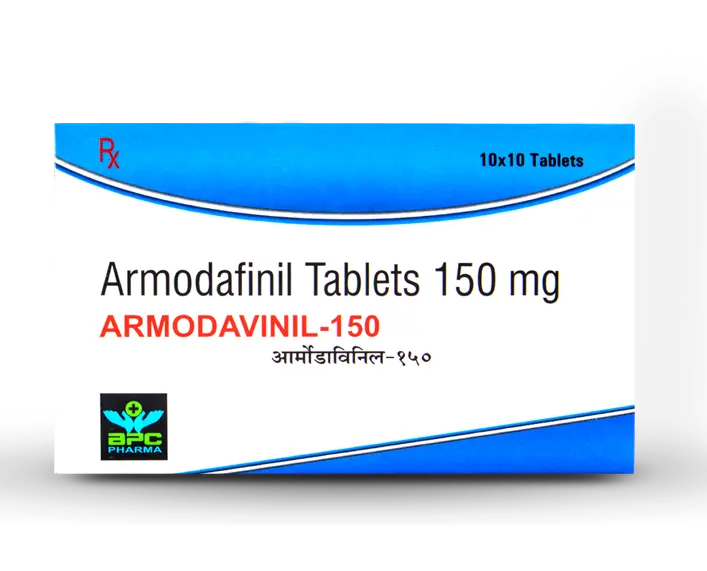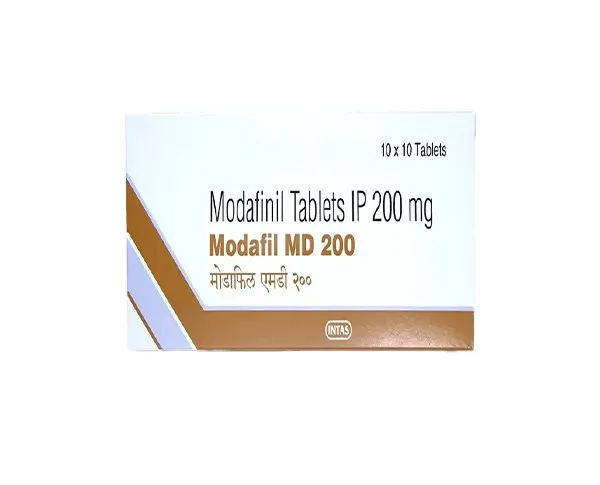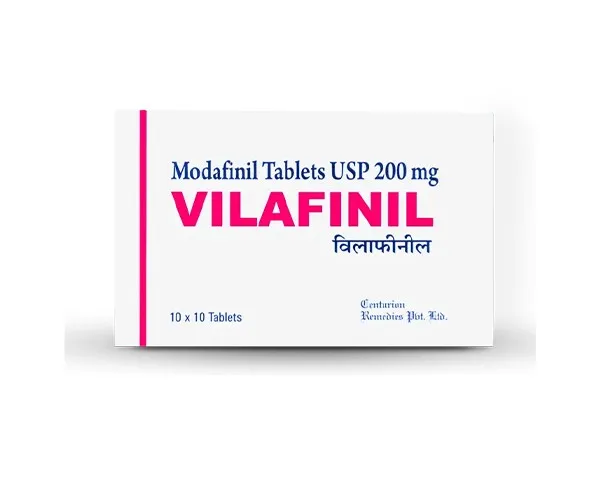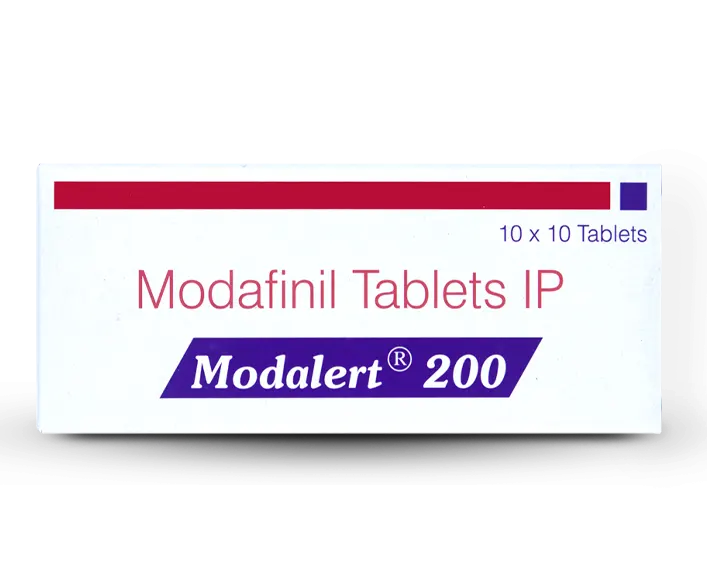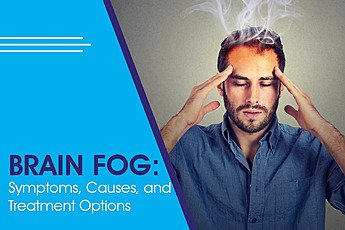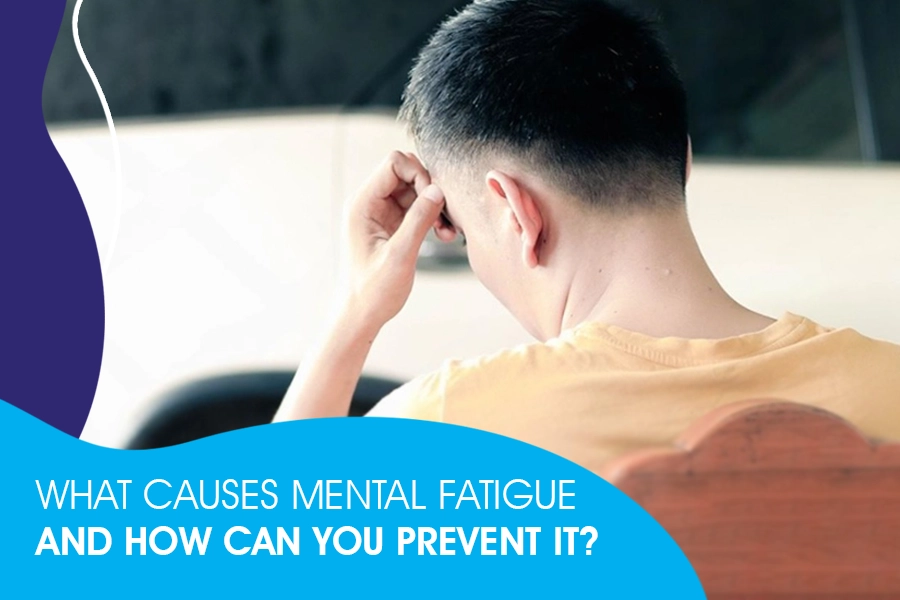From Tired to Energized: A Step-by-Step Alertness Plan
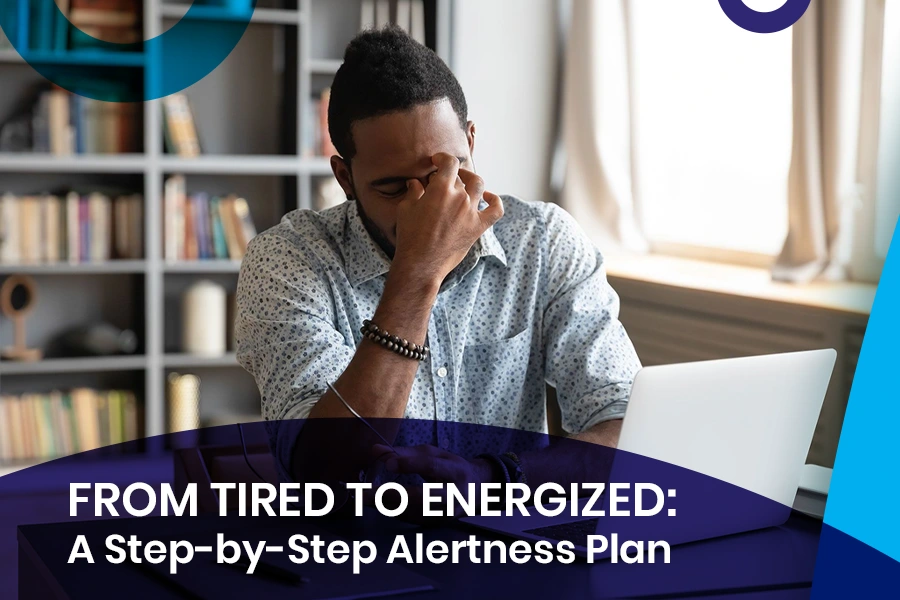
There are days when even the strongest coffee doesn’t seem to help. You feel tired, and your brain is slow. Even the smallest task feels like climbing a mountain. If you’ve been having trouble staying awake, the good news is that you can use a simple, step-by-step alertness plan to get your energy back up.
It’s not about crash diets or complicated workout plans; it’s about making small, smart changes that can make you feel better during the day. You can go from feeling tired to sharp, focused, and ready to take on anything if you do things the right way.
Step 1: Get the day off to a good start
The way you start your day sets the tone for everything that follows. Instead of hitting the snooze button multiple times, aim to get out of bed within a few minutes of waking. This helps your body clock stay consistent, making it easier to feel naturally awake.
Drink a glass of water first thing in the morning. After several hours of sleep, your body is dehydrated, and this can contribute to morning fatigue. Water gives your system the kick-start it needs to wake up.
If you can, get some sunlight exposure early in the day. Light tells your brain to stop producing melatonin (the sleep hormone) and start boosting your natural wakefulness. Even 10 minutes of fresh air and light can make a difference.
Best sellers
-
Armodavinil 150mg
$69.00 – $395.00Price range: $69.00 through $395.00Shop Now This product has multiple variants. The options may be chosen on the product page -
Modavinil 200mg
$69.00 – $395.00Price range: $69.00 through $395.00Shop Now This product has multiple variants. The options may be chosen on the product page -
Modafil Md 200 mg
$69.00 – $345.00Price range: $69.00 through $345.00Shop Now This product has multiple variants. The options may be chosen on the product page -
Modvigil 200mg
$65.00 – $395.00Price range: $65.00 through $395.00Shop Now This product has multiple variants. The options may be chosen on the product page -
Vilafinil 200 mg
$69.00 – $395.00Price range: $69.00 through $395.00Shop Now This product has multiple variants. The options may be chosen on the product page -
Modalert 200mg
$69.00 – $449.00Price range: $69.00 through $449.00Shop Now This product has multiple variants. The options may be chosen on the product page
Step 2: Fuel Your Body for Sustained Energy
What you eat for breakfast is important. A breakfast full of sugar can give you a quick boost, but it can also make you feel bad soon after. Instead, eat a mix of protein, healthy fats, and slow-digesting carbs. For example, eggs with whole-grain toast, oatmeal with nuts, or Greek yogurt with fruit are all good options.
Your snack in the middle of the morning should also give you energy instead of taking it away. Don’t depend on processed snacks or energy drinks; instead, choose snacks that are high in nutrients, like almonds, apple slices, or boiled eggs.
This steady supply of fuel helps keep blood sugar levels from dropping suddenly, which can make you tired and make it hard to concentrate.
Step 3: Use Strategic Breaks to Stay Sharp
It might seem like working all the time is productive, but your brain works best when you alternate between focusing and resting. Try the 50-10 method: work for 50 minutes straight, then take a 10-minute break.
Don’t scroll through your phone during those breaks, as this can overload your brain with more information. Instead, get up, stretch, take a short walk, or even do some deep breathing exercises.
Not only do these breaks help you to boost focus, but they also get your blood flowing better, which keeps your mind clear and awake.
Step 4: Manage Your Energy, Not Just Your Time
It’s important to manage your time, but managing your energy is what really decides how much you can get done without feeling tired. Plan your most important or mentally taxing tasks for the times of day when you naturally feel the most awake.
For a lot of people, that’s from mid-morning to early afternoon. If you know your energy drops after lunch, do easier or routine tasks then. This way, you’re working with your body’s natural rhythms instead of against them.
Step 5: The Midday Energy Reset
It’s hard to get going after lunch. Eating a lot, not drinking enough water, and sitting for a long time can all make you sleepy.
To fight this,
Pick a lunch that is lighter and has lean protein, vegetables, and healthy fats.
- Move around; even a five-minute walk can wake you up.
- Drink water to get your body back to normal and get more blood to your brain.
Some people also say that a short nap of 15 to 20 minutes can help clear their minds.
Step 6: Smart Use of Energy and Alertness Boosters
Making changes to your lifestyle is the most important thing, but sometimes you need extra help. Some supplements or products, like Modasmart 400 mg, are made to help you stay awake and focused on days when you have to think a lot.
These aren’t magic fixes, and they work best when you also do things that are good for you. If you choose to take an energy and alertness booster, be sure to read the directions carefully and pay attention to how your body reacts.
Step 7: Get rid of the afternoon tiredness
It can seem like the day is going on forever when you’re tired in the afternoon. Stay away from heavy, sugary snacks if you want to stay awake. Instead, pick something light but energizing, like a handful of walnuts or carrot sticks with hummus.
Another trick is to change your surroundings. You can feel better and more awake by moving to a brighter place, changing your posture, or even playing happy music in the background.
Step 8: Make sure your brain gets enough water and oxygen.
One of the most common reasons people feel tired is that they don’t drink enough water. Instead of drinking a lot of water all at once, try to drink it slowly throughout the day.
Taking deep breaths is another simple way to boost your mental energy. When you breathe shallowly, your brain doesn’t get as much oxygen, which makes you feel foggy. For one minute, do this simple exercise: breathe in deeply for four seconds, hold your breath for four seconds, breathe out for four seconds, hold your breath for four seconds, and do it again.
This helps you relax and think more clearly.
Step 9: Move Your Body to Help You Focus
Exercise is good for your health and helps you stay awake and focused. Moving around a little bit can help your brain by getting your blood flowing and releasing chemicals that are good for it.
If you don’t have time for a full workout, try these quick fixes:
- Stand up and talk on the phone.
- Do some calf raises or squats at your desk.
- Take the stairs instead of the elevator.
These short bursts of activity can help you stay awake during the day.
Step 10: Calm Down Without Getting Tired
The way you end your day can change how much energy you have for the next one. The blue light from screens can make it harder for you to sleep, so don’t look at them for at least 30 minutes before bed.
You can relax before bed by reading, stretching lightly, or listening to soothing music. Getting a good night’s sleep is the best way to feel more awake. Sleep is the only thing that can really heal you.
Conclusion
There isn’t one thing you can do to get energized and stay that way. You should instead make good habits for your body and mind every day. Eating well, drinking enough water, getting enough exercise, taking breaks when you need to, and using tools like Modasmart 400 mg wisely can all help you stay energized.
This plan will not only help you wake up, but it will also help you get more done, stay focused, and stay motivated. You can fight off tiredness before it takes over your day, keep your mind clear, and do your tasks with the mental clarity you’ve been missing.
When you treat your energy as something to be managed and protected, you stop running on empty and start living fully charged.
FAQ’s
- What is the quickest way to get more alert?
Some of the quickest natural ways to feel more awake are to take a short walk outside, drink water, and breathe deeply. Add healthy sleep and food to these for results that last longer.
- What can I do to get over being tired at work?
To keep your energy up, break up your work into focused chunks with short breaks, eat light meals, drink plenty of water, and move around often.
- Can taking Modasmart 400 mg help you focus better?
Yes, Modasmart 400 mg is meant to help you think more clearly and stay focused, but it works best when you also eat well and exercise regularly. Always read and follow the instructions before using.
- How much sleep do you need to feel more awake and full of energy?
Most adults need 7 to 9 hours of good sleep every night to stay energized, focused, and in a good mood all day.
- What foods are best for boosting energy naturally?
Whole grains, lean proteins, nuts, seeds, and fruits like bananas and berries are excellent for providing sustained energy without causing sugar crashes.
References
https://www.ncbi.nlm.nih.gov/books/NBK531476/



